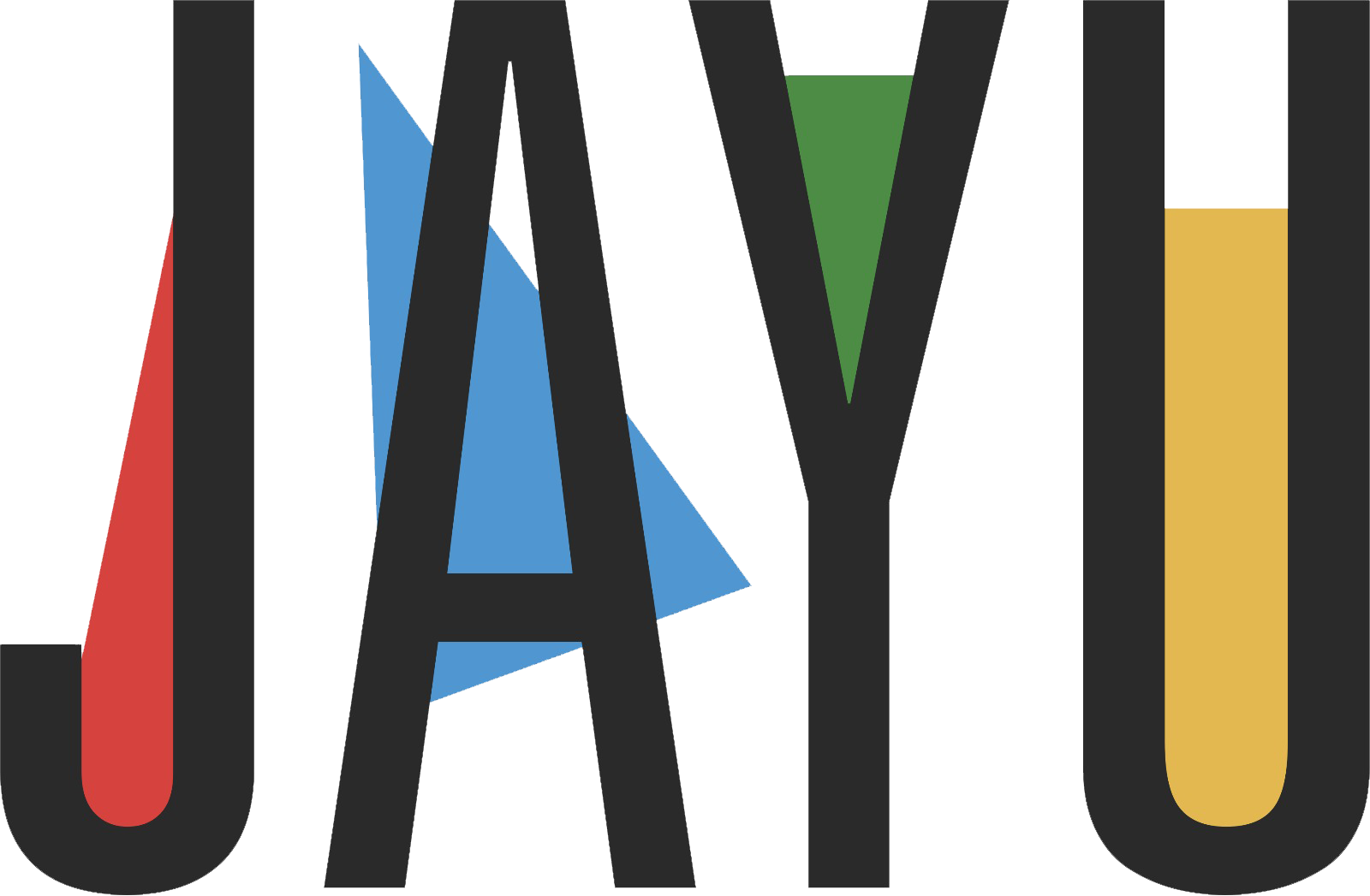"One Step Forward, Two Steps Back": A Short History of Voting in Canada
One hundred and twenty three days after my eighteenth birthday, I voted in an election for the very first time. To much of my first-time voter cohort, this milestone was nothing huge; just one step closer to adulthood (albeit a step that involved waiting outdoors in the brisk mid-October-weather and making a consequential choice of which golf-pencil to select. For the lucky ones, it was a step at the receiving end of a warm applause from some nice old ladies working the polling station and the proud dawning of a “first time voter” sticker.) For me, however, voting was a magical moment - an explosive expression of civic duty if you will. The flag of my participation in Canadian democracy was being raised to full mast, and I wanted everyone around me to see. Cast along 18,350,358 other votes, I counted for a total of (drum roll please…) 0.000005% of the national vote share! AND. I. WAS. DAMN. PROUD.
The beautiful voting moment which I experienced followed a myriad of brief encounters with Canadian politics. In elementary school I assumed that the head girl and school prefects closely resembled our government, which I knew essentially nothing about. In middle school, the extent of my political knowledge came from a video demonstrating Canada’s flawed first-past-the-post system through a fictional election in the animal kingdom. In highschool, I justified my disregard for Canadian politics by convincing myself that Donald Trump’s presidency took up the entire political section of my brain. Alas, I am now a university political science student on the verge of buying Michelle Obama’s “vote” necklace.
In classic policy nerd fashion, I’m writing this on a Saturday night, thinking about the history of voting rights in Canada. Dear reader, please forgive me for the details I may leave out; I am trying my absolute best to synthesize 155 years of history into a short and sweet blog post.
The year is 1867. Those of you who paid attention in high school history classes will know that this is the year Canada becomes a country through Confederation. Yes, it is technically democratic, but interestingly enough, voting is considered a privilege, not a right. Why don’t you guess who is at the receiving end of this privilege? Answer: British men over the age of 21 who own property.
Fast forward nine years and in 1876, Indigenous people are given the right to vote, but only if they give up their status as an Indian under Canadian law. This is a textbook example of the Canadian government's pursuit of Indigenous assimilation.
Now 1917 is a big year. During World War One, both male and female members of the armed forces are given the right to vote. In Prime Minister Robert Borden’s attempt to expand the Conservative party’s voting base via a change in legislation, he also passes a law that takes away the vote from Canadians who have immigrated from enemy countries. One step forward, two steps back.
In 1918 Canadian women over the age of 21 become eligible to vote in federal elections! Great success!
But two years later the Dominion Elections Act is passed. This means that people disqualified from voting in their provincial elections based on race or ethnicity are no longer allowed to vote in federal elections. For example, in British Columbia, Asian Canadians are not allowed to vote provincially. Because of this, they are no longer allowed to vote federally. Like I said, one step forward, two steps back.
In 1934, Inuit people are specifically excluded from voting. This is reversed in 1950. In 1960, First Nations men and women are given the right to vote while still maintaining their Indian status.
Finally, in 1982, The Canadian Charter of Rights and Freedoms declares that “every citizen of Canada has the right to vote in an election of members of the House of Commons…” For many this feels like crossing the finish line after a long battle against inequity in Canadian political institutions. For others, however, an amendment to the constitution is the beginning of harder to detect methods of voter suppression (which deserves to be unpacked in its own blogpost.)
So there you have it dear reader, a brief look at voting history in Canada. And since you may already have forgotten what you just read, here’s a message to leave you with. It’s been a long and rocky road to get to where we are today, so please, GET OUT AND VOTE! Whether it’s in annual student government elections, this upcoming November’s American midterms (for those of you American citizens), or June’s fast approaching Ontario election, make your voice heard!
